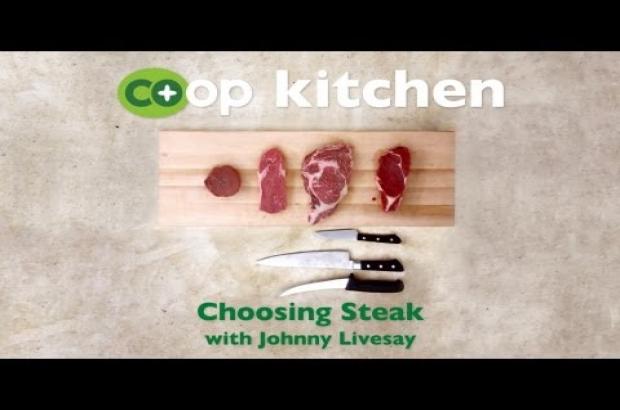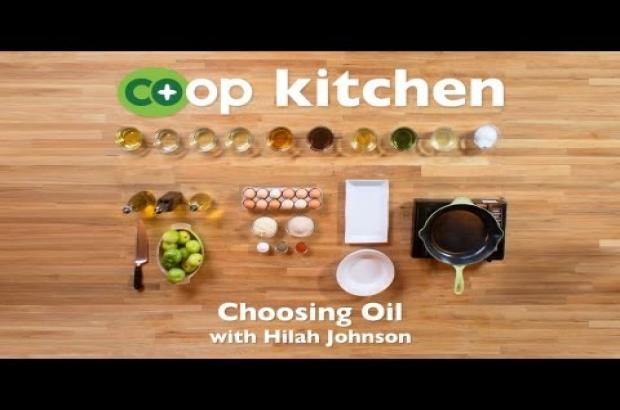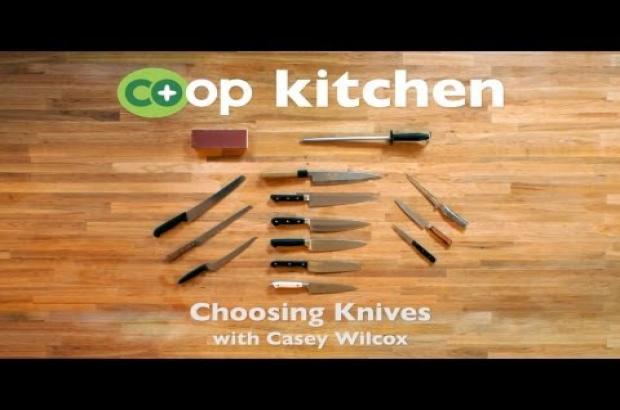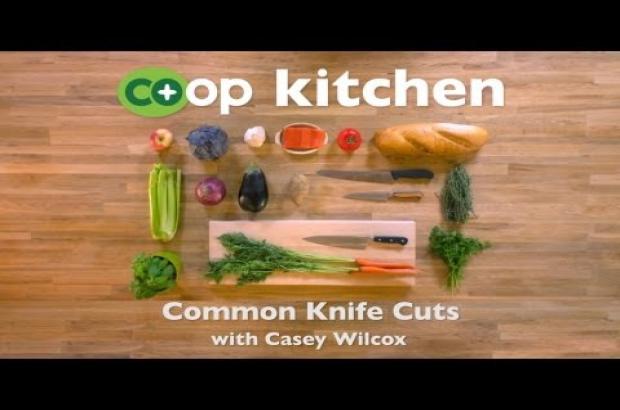Choosing Flour
For novice bakers, deciding which type of flour to use can be a daunting task. Pastry chef Philip Speer discusses different types of wheat flour, and how differences in gluten content change the structure and texture of breads and pastries. Whether you're making bagels, breads, cakes, or croissants, the flour you use can determine the deliciousness of the end result.
Find more Co+op Kitchen videos featuring information and easy recipes for making delicious meals at home, as well as handy hints from chefs and food enthusiasts who love sharing their passion for great food.
Video Transcript
Hi. My name is Philip Speer. I'm the executive pastry chef of Uchi Restaurants in Austin, Texas. Today we are going to talk about different flours and how those various flours affect your baked goods in the end.
First we are going to talk about wheat flour. There are different types of wheat flour, and they are distinguished by the amount of gluten or protein that they contain, which typically varies from 5 to 15 percent. This protein is what gives baked goods their structure.
In front of me today, I have two types of wheat flour. Here I have a white all-purpose flour. All-purpose flour is the most common flour used by home cooks. It's made from a combination of hard and soft wheats, giving it a medium-protein content, making it work well in most baked goods.
Here I have a whole-wheat flour, which is more nutritious than white flour because it still has the bran and the germ intact. It gives baked goods a nuttier flavor than white flour and will also make them denser and heavier. Substituting whole wheat flour for white flour takes some experimenting.
Both of these flours are unbleached, which means they haven't been further processed. Unbleached flour keeps best when stored in a refrigerator or freezer. You can find unbleached and unbromated flours at your local co-op.
All-purpose flour is a great, stable flour, but there are several other types of flour which are made for specific baking purposes—everything from cake and pastry flour, which have the lowest gluten content, up to a high-gluten flour, which is made from the hardest wheat and has the highest protein content.
Gluten adds chewy texture to baked goods. So, high-gluten flours are used for bagels—creating a really chewy and elastic sort of middle of that bread. That's really made by a really high-gluten, high-protein flour.
Next in front of us we have a more artisanal bread, or you might hear it called hearth bread. And I can show you the inside of that. Again, this bread is going to give you a lot of pull when you pull it open, and it's going to stretch and be elastic, and when you toast it, it's going to be nice and chewy, and, you know, very toothsome.
The next bread we have is basically just like a sandwich loaf here, and sometimes called a pullman loaf. This is what you use if you eat a lot of sandwiches like I do. It's a much softer texture, but it still has a nice crumb to it, and it is still something you can tear. This bread is made from just a basic bread flour, which has a lower gluten content than the other two we just spoke about. It gives it a finer texture, something that's easier to bite into.
Next here we have a roll. This roll is best if you use half bread flour and half all-purpose flour. You'll see here you have a much tighter, finer crumb, you know, something that is going to be a lot softer—there's actually no wheat content here. It's just all-purpose flour with it mixed with just a little bit of bread flour.
Next we have the challah bread. This is similar to a brioche. It's more of a cakey bread. This is something that you would use an all-purpose and/or bread flour with. I use a combination of the two in mine.
So now we go into a croissant. We use butter to laminate the layers, which causes the croissants to be nice and flaky. Good croissants are made from a combination of bread flour and cake flour, which gives you a light texture but a chewy center.
Now we have here a muffin. You will find a lot of recipes call for an all-purpose flour, which is fine, but I like to use cake or pastry flour for my muffins and cupcakes because it gives a much lighter texture and keeps them a moister product as well.
And finally, here we have a pound cake. This pound cake is made with all pastry flour. It just sort of falls apart; there is no gluten to bind this crumb together.
So, you can see the many ways that different wheat flours are used in different baked goods, based on their gluten content. Experimenting with these flour types is a great way to take your home baking to the next level. So give it a try.
I'm Philip Speer for Co+op, stronger together.













